Third Person POV by Kay Keppler
The POV you use to write your novel helps shape the narrative and frame the story for maximum impact. Choosing which point of use to employ and being consistent with it are challenging. For clarity on how to use POV, dive into this post by novelist and editor, Kay Keppler.

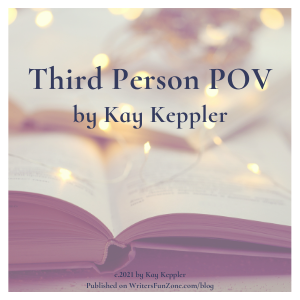

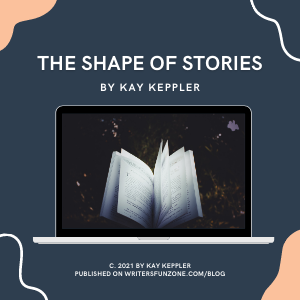
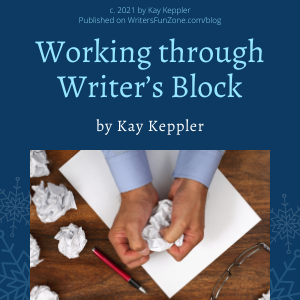
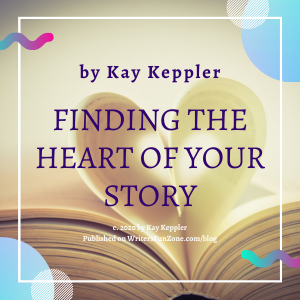

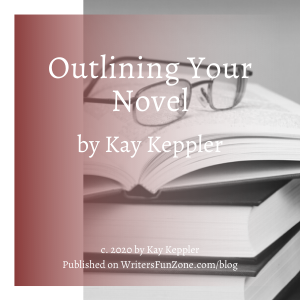

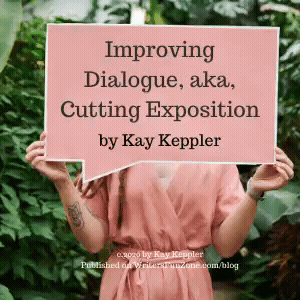



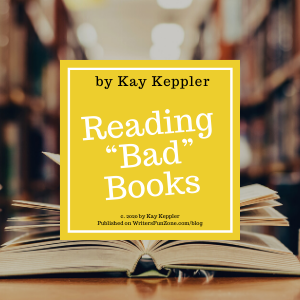
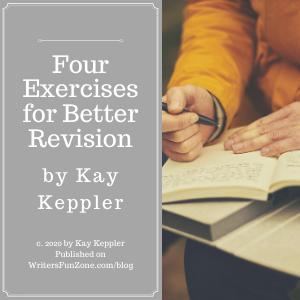
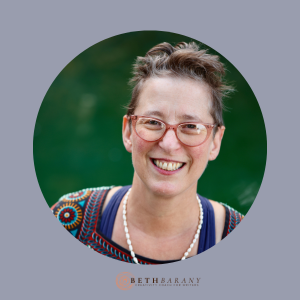
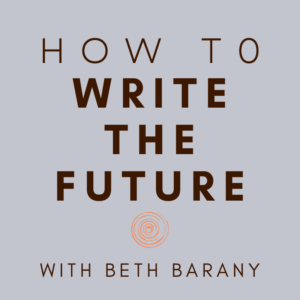

Recent Comments